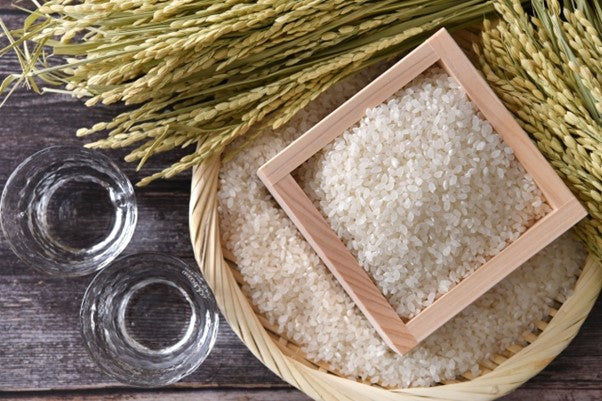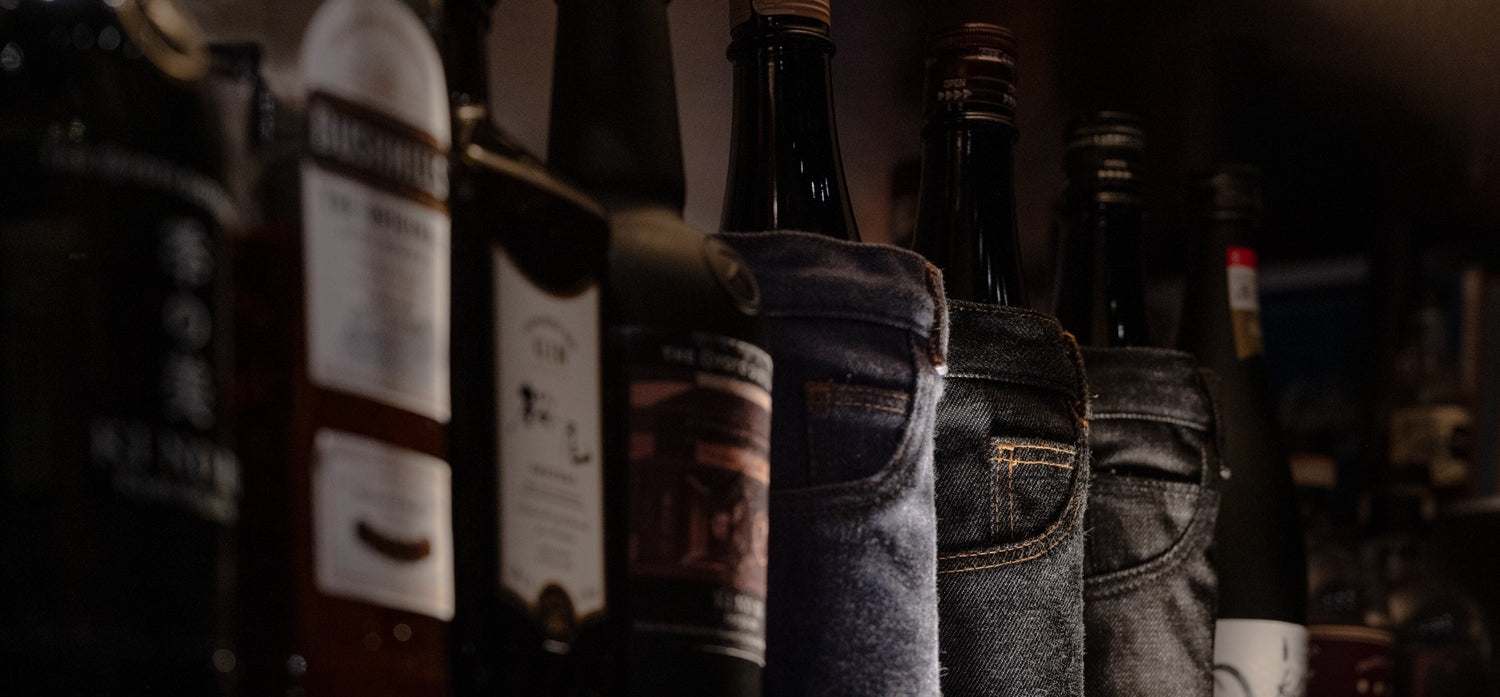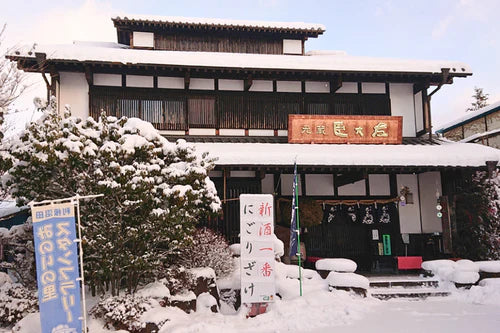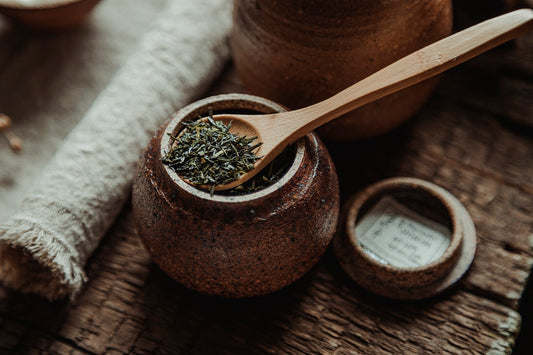Sake rice is, as you may already know, one of the key ingredients for sake-brewing. But are you familiar with how different types of sake rice impact the smell and flavor of sake?
Introduction
The varieties and characteristics of sake rice
-Yamada Nishiki(山田錦)
-Omachi(雄町)
-Shizukuhime(しずく媛)
-Tsuyuhagkaze(露葉風)
Conclusion
Introduction
It is widely known that sake rice is quite different from table rice - the type one uses for meals - in many aspects. It can even be specifically referred to as Shuzo-kotekimai or Sakamai in Japanese. So just how different is it from table rice?
・Big in size and harder to be cut apart
・Contains less protein and fat
・Contains a white core ("shimpaku")
・Can easily absorb water
・Hard on the exterior but soft inside
Once harvested from the grain, the rice is husk-covered and in the state of brown rice. Whereas the ratio of table rice removed from the brown rice (milling ratio) is usually around 10%, sake rice is milled to a much greater extent, at 30% or more. Therefore, if the grains are small like table rice, they will break easily. That is why sake rice with large grains and less susceptible to cracking is preferred.
It is sometimes considered that the amount of protein and fat contained in table rice is the reason leading to certain flavors regarded unfavorable for traditional Japanese sake. To avoid this, sake rice - with less protein and fat - is commonly used instead for sake-brewing.
The white core in the center of the sake rice contains starch, which is soft and has many tiny cracks that easily allow sake to enter and work their magic. At the same time, sake rice can easily absorb water by its nature, therefore making it effective for the koji(fungi) and yeast in the rice to gradually turn into alcohol. The fact that the outer surface is harder then its soft center makes it hard for the sake koji(fungi) - having entered the white core - slip away and therefore keep them in as an active ingredient during the brewing process.
The varieties and characteristics of sake rice
 。
。
Having more than 100 types of sake rice in the market, it can take considerable time for one to learn about them all in one go! Instead, let us introduce you to some sake rice we are particularly familiar with - those with which we xxxxx
-Yamadanishiki(山田錦)
This is highly regarded as the top-ranked choice when it comes to sake rice. The grain of Yamadanishiki itself is big with a big white core, containing few protein and fat. The fact that it does not break even at a rice-polishing ratio of 20% makes this type of rice just perfect for sake-brewing - which is the reason why Yamadanishiki is commonly used in high-end Japanese sake. Being an extremely cherished ingredient in breweries over the country, Yamadanishiki is known as the king of sake rice.
Daiginjo The, HOTTO, and No Nature No Life are brewed with Yamadanishiki in Sakura Town.
-Omachi(雄町)
It is the oldest sake rice in Japan, and is mostly produced in Okayama Prefecture. It was difficult to cultivate and was also called "phantom sake rice. It is a particularly difficult rice to handle not only in cultivation but also in sake brewing, and it is impossible to achieve the desired flavor without strict control and adjustment. Conversely, it is easy for each brewery to create its own unique flavor and offer a variety of tastes. It tends to have a mild taste with a strong sweet and umami flavor. It is a very popular sake rice, and many Omachi lovers are called "Omachiists.
3 types sake for Denim Sake are all brewed with Omachi in Sakura Town.
-Shizukuhime(しずく媛)
A relatively new sake brewing rice developed in Ehime Prefecture, it was first cultivated in 1999 and named in 2007. It is harvested earlier than Yamada-Nishiki to prevent the rice from cracking due to its extremely large size. It is a rare sake rice produced exclusively in Ehime Prefecture. High water absorbency and low protein content make it very smooth, sweet, and tasty, resulting in a soft sake.
KOKORO is brewed with Shizukuhime in Sakura Town.
-Tsuyuhakaze(露葉風)
It is the only sake rice in Nara Prefecture and was revived in 2001 through the efforts of farmers. It has a larger white core than Yamada-Nishiki, but it absorbs water quickly, making sake brewing very difficult. Sake brewed with Tsuyuhakaze has a variety of expressions, such as acidity added to the flavor and sweetness of the rice itself.
Kamihotoke is brewed with Tsuyuhakaze in Sakura Town.
Conclusion
Sake rice is an important element that determines the taste of sake, and understanding its types and characteristics will help you enjoy sake more. Next time you choose sake, keep an eye on the rice used for sake. You may find your favorite sake rice.
See you again in the next blog post!
We are honored to have received favorable reviews from many customers. We hope you will find them helpful when purchasing our products. Click here for product reviews and purchase page.






